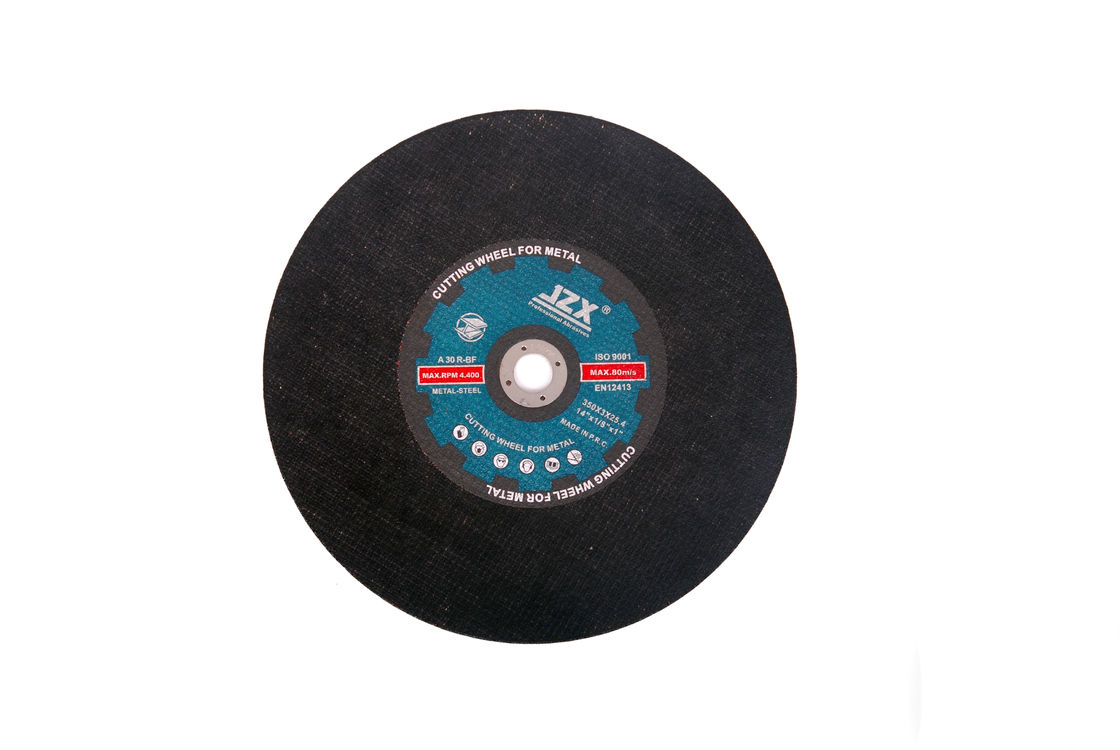The Importance of Using the Right Cut-Off Wheel for Aluminium
Aluminium is one of the most versatile materials used across various industries, from aerospace and automotive to construction and manufacturing. As demand for aluminium products continues to grow, so does the need for efficient and effective cutting techniques. A critical component in the process of cutting aluminium is the cut-off wheel, a tool designed to provide precision and quality while minimizing the risk of material damage. This article explores the significance of selecting the appropriate cut-off wheel for aluminium, the types available, and the best practices for achieving optimal results.
Understanding Cut-Off Wheels
Cut-off wheels are abrasive wheels designed for cutting metal and other materials. They typically consist of a composite of abrasive materials, including aluminium oxide, zirconia, and other synthetic materials, which are bonded together. Each type of cut-off wheel is engineered for specific applications, with variations in the type of binder used, the grain structure, and the wheel's overall thickness. When it comes to aluminium, using the right cut-off wheel is crucial for achieving clean cuts while preventing damage to both the wheel and the workpiece.
Choosing the Right Cut-Off Wheel for Aluminium
1. Abrasive Material The type of abrasive material plays a vital role in the performance of the cut-off wheel. For cutting aluminium, wheels made of aluminium oxide or silicon carbide are commonly used due to their sharpness and efficiency in cutting through soft metals. Aluminium oxide wheels are particularly favored for their durability and longevity, making them ideal for both professional and DIY applications.
2. Thickness Cut-off wheels come in various thicknesses, usually ranging from 1/16 inch to 1/4 inch. Thinner wheels are more appropriate for cutting aluminium as they provide less resistance and reduce the risk of overheating the material. Choosing a thinner wheel also allows for more precise cuts, which is especially important when working on intricate designs or when minimal material removal is desired.
3. Grain Structure The grain structure of the cut-off wheel significantly impacts its cutting performance. A finer grain structure is suitable for achieving smooth finishes and reducing burr formation. On the other hand, a coarser grain structure may offer faster cutting speeds but could lead to a rougher finish. Finding the right balance based on the specific requirements of the project is essential.
cut off wheel for aluminium

4. Reinforcement Many cut-off wheels are reinforced with fiberglass layers to enhance their strength and stability during use. Reinforced wheels are generally safer, as they are less likely to break or shatter under the stress of cutting. When selecting a wheel for aluminium, it’s advisable to opt for reinforced options to ensure safety and durability.
Best Practices for Cutting Aluminium
1. Speed and Feed Rate To achieve optimal results when using cut-off wheels for aluminium, adjust the speed and feed rate of the cutting tool. Cutting at too high a speed may generate excess heat, causing the aluminium to melt or weld to the wheel. Conversely, cutting too slowly can lead to excessive wear on the wheel. It’s essential to find a balance that maintains a steady cutting speed while allowing for efficient material removal.
2. Cooling Using a lubricant or coolant during the cutting process can significantly improve results. This not only helps reduce the heat generated during cutting but also minimizes the risk of material damage and prolongs the life of the cut-off wheel.
3. Safety Precautions When working with cut-off wheels, it’s crucial to wear appropriate personal protective equipment (PPE), including safety goggles, gloves, and hearing protection. Additionally, ensure that the cutting area is clear and that the workpiece is securely clamped to prevent movement during cutting.
Conclusion
Choosing the right cut-off wheel for aluminium is essential for achieving clean cuts and maintaining the integrity of the material. By understanding the various types of wheels available and following best practices, users can enhance their cutting performance while ensuring safety and efficiency. As industries continue to embrace aluminium for its lightweight and durable properties, the need for effective cutting tools will only grow, making the proper selection of cut-off wheels a vital aspect of metalworking and fabrication.
Post time:Dec - 05 - 2024

















